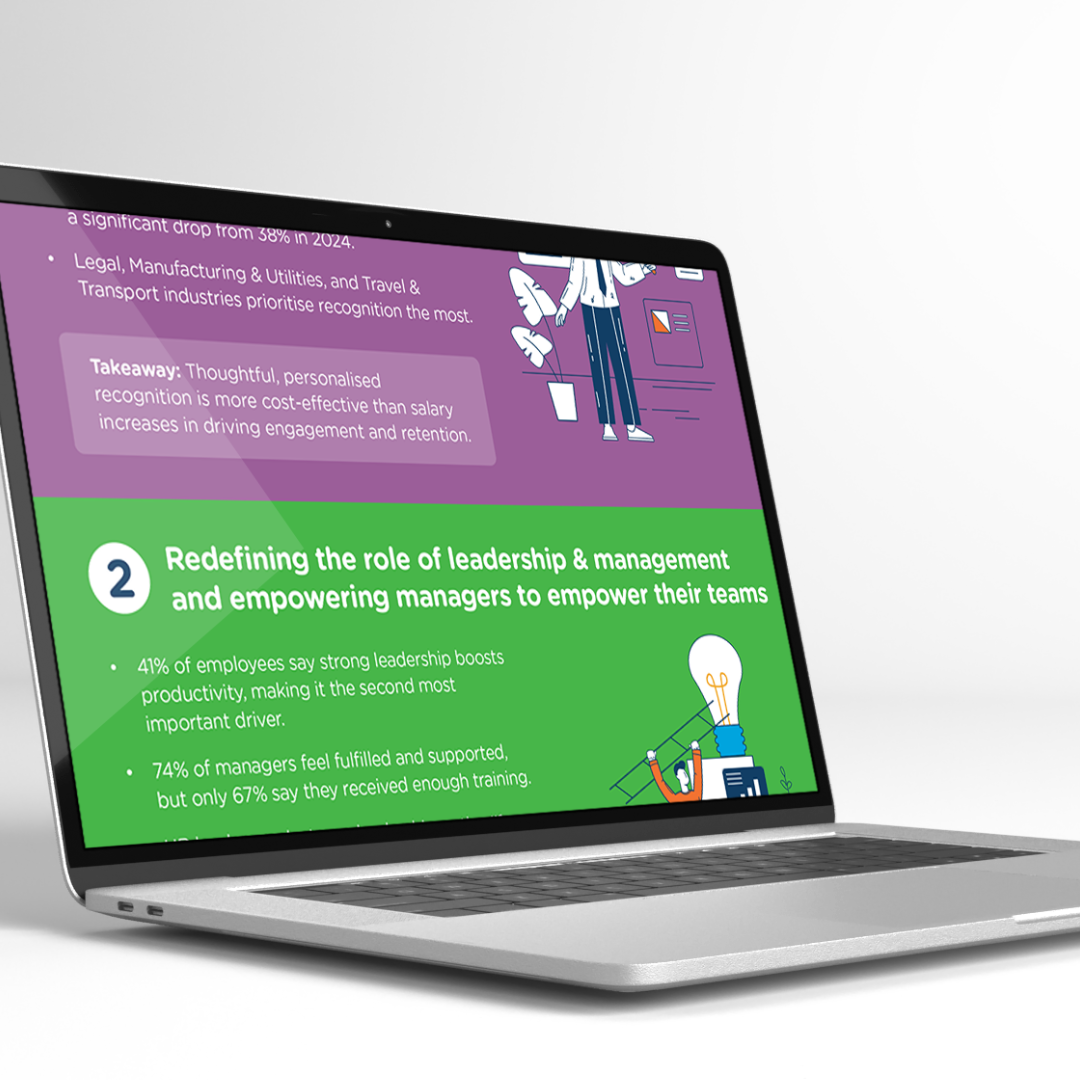
5 min read
In my last blog I talked about how important it was to set objectives, and in this blog I’m going to take it one step further and give you some tips on how to write your objectives. And not just any objectives, but ones that will help you drive and manage your communications campaign.
Before I sit down to write (or type…) my objectives, I reach for a tool. It’s not a pen, or even my coffee - it’s the SMART tool. Now before you start rolling your eyes, questioning why I’m using a tool which some say doesn’t push or stretch you enough to set goals, let me point out that a tool is only one part of doing something well. By using the SMART tool as for your campaign, you’ll come out with a much better end product.
Specific:
To be specific you need to be specific. Don’t overcomplicate it or jazz it up, but get right to the point as soon and as clearly as you can. Why, because the more specific you are with your objectives, the better chance you and your team will understand exactly what you are trying to achieve.
Approach it as you would if you only have 5 minutes to get approval from your board of directors. What specific words would you use to get their attention and ultimately their approval? Action words work best here. Think of words like “increase,” “create,” or “reduce.”

Measurable:
Measurements are important as they help you see how you’re doing, and also let you know when you get there. Let’s say I’m trying to lose weight, what do I need to know if I succeed? A good way of measuring my “success” would be to use measurements such as pounds/kilos, inches off my waist or even clothing sizes.
Another way to think of it is that measurements give you a reason to celebrate. The better job you do creating measurable objectives the more opportunities to celebrate. Sounds good to me!
Agreed
Since writing my book I have actually changed my thoughts on what this letter stands for. In my book I talk about it meaning "attainable" or "actionable," which I still agree with, but came across what I think is a more focused word, which is "agreed."
If I think of times when I’ve had challenges with objectives, often it is because they have not been properly agreed upon. For this reason, I think it’s important to use this as part of the tool, making sure that whatever objectives we create are agreed upon upfront.
Regarding making them attainable and actionable, my tip here is to create ones which stretch and push you to be your best and at the same time you’ve thought through if and how you’ll attain them. Add this to your tickbox, and you’ll tick all three ‘A’s when creating your objectives.
Relevant
For this word let me start out by asking you a question, why are you setting the objective? Is it something related to your communications campaign or is it something which is outside of the campaign and/or outside of your control? Any objective needs to relate back to what you are trying to achieve. Go back to the diet scenario, would you have an objective such as look prettier? Yes, you may end up looking prettier because you’ve lost weight, but it’s not really relevant to your ultimate objective of losing weight, which is a tangible outcome rather than one that’s open to interpretation.
Time-bound
The final step in developing objectives is to set a time frame for them. Setting a time frame will give you targets and milestones to keep you on track. If you don’t have these then you put yourself at risk of not achieving your objectives. Going back to the diet, if you don’t set time frames, you risk doing what I often do on a diet, which is saying ‘I’ll start it tomorrow,’ which serves you absolutely no good!
Similarly to a diet, if you try and rush through your campaign to reach your objectives, you may wind up with results you didn’t want. Setting a time frame allows you to reasonably reach your objectives and goals and gives you time if you need to change your tactics.
So what makes a good objective?
Here are a few examples. See how we get more detailed and time-oriented throughout:
Bad: Introduce a global recognition platform on July 1st
Getting better: Introduce a global recognition platform on the 1st July that is linked to the company’s values so that employees understand and behave in-line with these. Training and briefing sessions conducted in June.
Great: Introduce a global peer-to-peer recognition platform on July 1st that is linked to the company’s values so that employees understand and behave in-line with these. Training and briefing sessions conducted in June so that managers and employees understand the recognition scheme and know how to use the platform. By the end of July at least 80% of employees will have logged into the platform and at least 25% of employees have used the platform to recognise a peer.
We transformed the objective from a vague one to a specific one. In other words: When you’re thinking of creating objectives, be SMART!
Struggling with your HR communications campaigns? Don't forget, you can buy Debra's book on communications campaigns on Amazon.
 Debra Corey
Debra Corey



